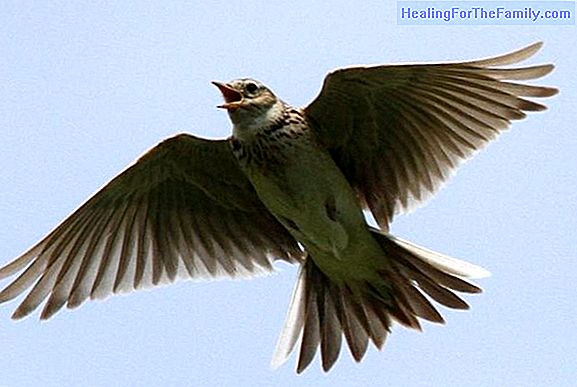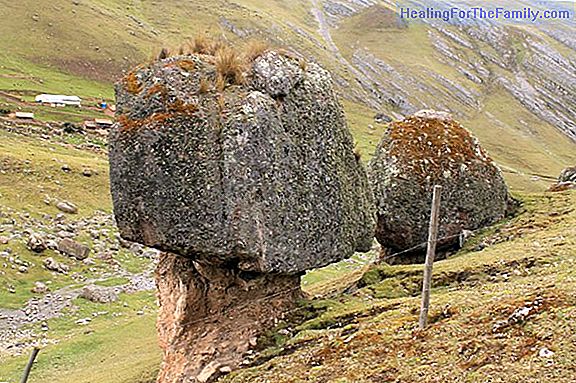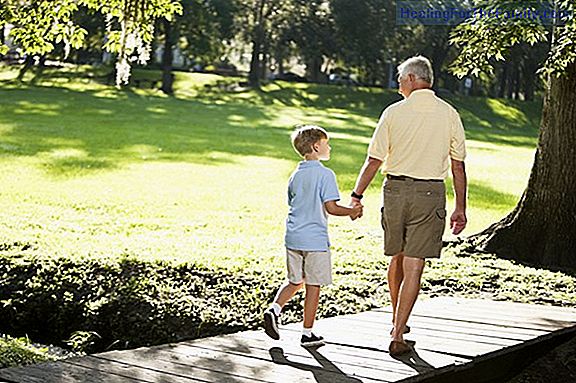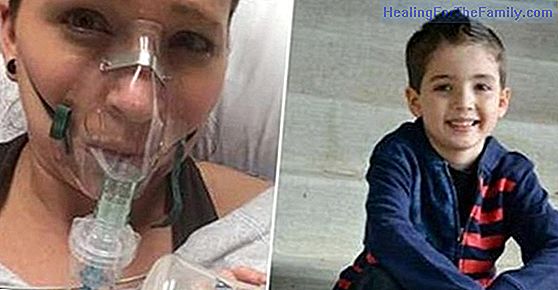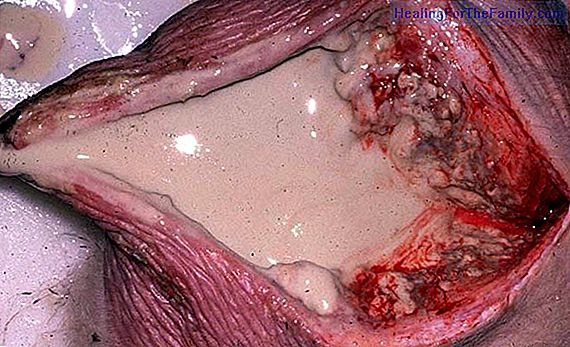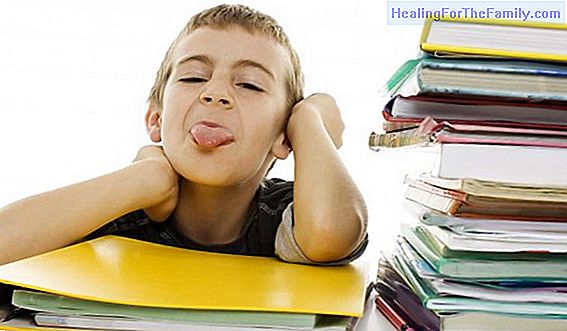What malaria is and how it affects children
Malaria or malaria is a disease that affects children and adults alike . It is a disease that can be deadly, but it can also be cured if it comes in the right way and at the right times. Malaria is transmitted to humans by the bite of infected mosquitoes , and its area of action is usually the war
Malaria or malaria is a disease that affects children and adults alike. It is a disease that can be deadly, but it can also be cured if it comes in the right way and at the right times.
Malaria is transmitted to humans by the bite of infected mosquitoes, and its area of action is usually the warm tropical zones, but there have also been cases in temperate climates. Although it may seem that it is a disease away from the first world, migratory movements and climate change are factors that can alter the location of the disease. In summary, half of the world's population is at risk of contracting malaria. Latin America, Asia and some areas of Europe are also affected by the disease.
Malaria in children can be a deadly disease

It is estimated that malaria takes the lives of 600,000 people a year, most of them children under 5, and infects more than 200 million people annually. The epicenter of the disease is located in Nigeria and the Democratic Republic of the Congo in Africa, while in Asia the most affected country is India. Apart from children, pregnant women and people infected with the HIV virus are also prone to developing malaria in a critical way.
The data show impressive figures and that malaria is the disease that causes the most deaths in children under 5, every day 3000 children die from this disease. But despite being the most deadly disease in the world, it is not considered a public health catastrophe, something that highlights the passivity of the first world to help as it should to eradicate the disease.
Symptoms of malaria in children
The incubation process varies according to the affected person, but usually lasts around 15 days. The mosquito bites and transmits the parasites to the blood of the infected child, they move and reproduce in the liver, then return to the bloodstream to kill the red blood cells.
It is a disease with difficult diagnosis because the first symptoms, fever, which can reach 41º centigrade, and chills, are common to many diseases. It also usually presents with headache, muscle and joint pain, and digestive disorders, such as the flu or a common diarrhea.
How to protect children from malaria
The advances to find the malaria vaccine are still under way. There is a vaccine with which you work, but it is not 100% effective.
Anopheles, the mosquito responsible for the spread of malaria, only bites at night, so precautions can be taken. The placement of a mosquito net with repellent has managed to reduce deaths from malaria by 55% in the last two years.
In addition, if you are going to travel with children to a region with a high rate of malaria cases, it would be advisable to visit the pediatrician before prescribing any antimalarial drug as a preventive measure.
Diego Fernández. Editor of Guiainfantil.com



